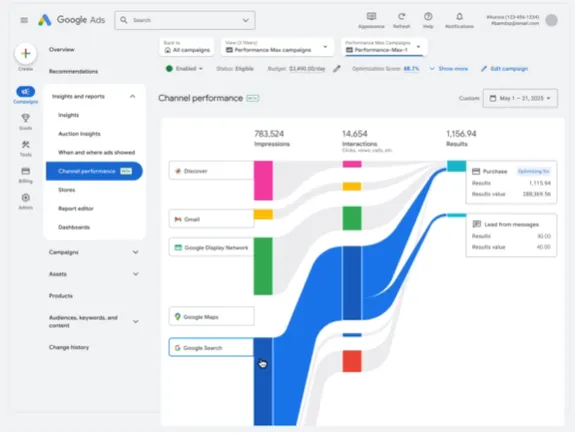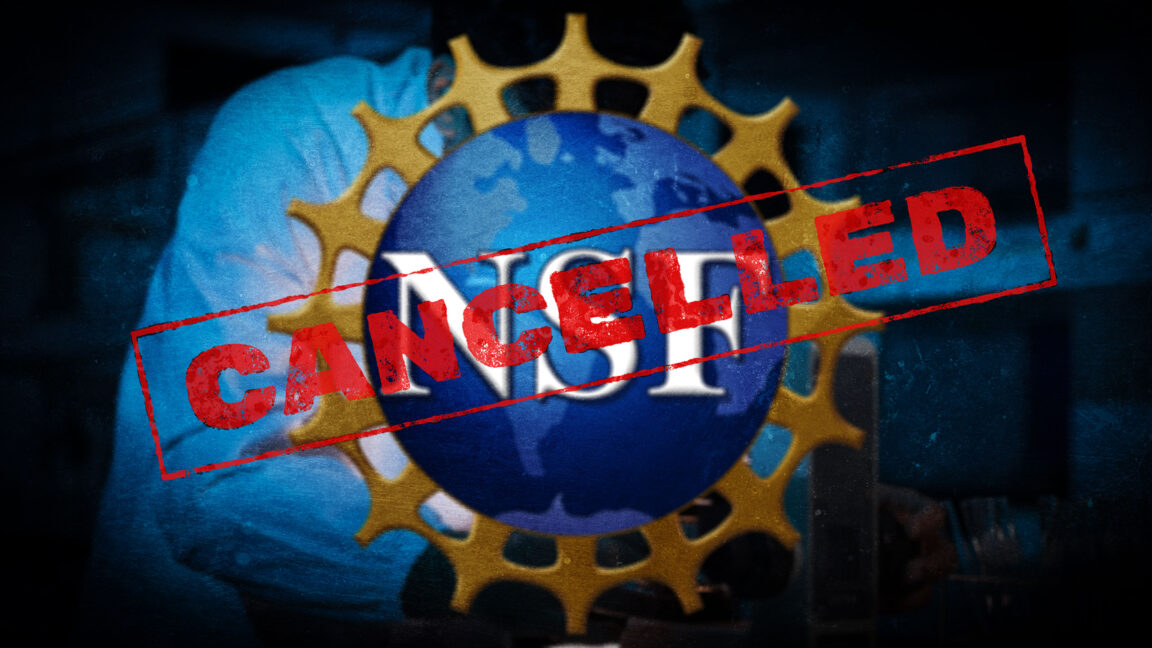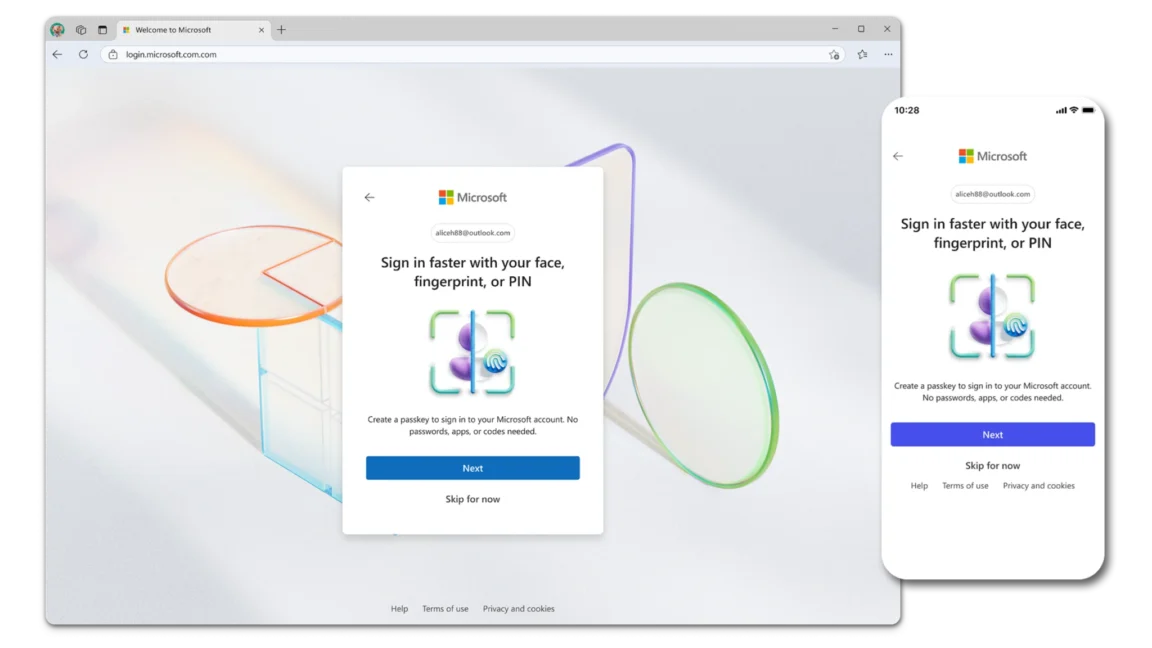The ALIGN framework: How to build a RevOps engine that can fuel 7-figure growth
Most organizations still operate with disconnected teams, which can cost businesses significant revenue opportunities. RevOps unifies sales, marketing, and customer success into an integrated revenue ecosystem and promotes sustainable growth.


According to Gartner, 75% of high-growth companies will adopt revenue operations (RevOps) by 2025. Yet, most organizations still operate with disconnected teams—a fragmentation that costs businesses significant revenue opportunities. This disconnect nearly stalled our growth until we implemented a unified RevOps strategy that helped us scale from early-stage startup to multi-million dollar ARR.
What is revenue operations?
Revenue Operations represents a fundamental shift in organizational thinking—moving beyond functional divisions toward an integrated revenue ecosystem. This strategic framework unifies sales, marketing, and customer success around three core elements:
- A cohesive revenue strategy with aligned objectives and KPIs
- A centralized data architecture providing a single source of truth
- Coordinated processes that create seamless customer experiences
At its essence, RevOps treats the entire customer journey as one continuous flow rather than a series of departmental handoffs. It establishes shared accountability for revenue outcomes and provides holistic visibility across the full customer lifecycle—from awareness and acquisition to expansion and advocacy.
Why revenue operations matter?
Revenue Operations addresses critical business challenges through:
- Unified Approach: Breaking down silos between teams that traditionally operate independently
- Streamlined Processes: Eliminating redundancies and creating efficient workflows
- Data-Driven Decisions: Providing a single source of truth for revenue intelligence
- Enhanced Customer Experience: Creating seamless transitions throughout the customer journey
- Agility and Scalability: Building processes that can scale with growth
- Holistic Revenue View: Connecting all revenue-generating activities into a cohesive system
The problem with traditional department structures
Traditional organizational models treat revenue functions as separate entities with conflicting priorities:
- Marketing focuses on lead quantity over quality
- Sales prioritises closing deals over long-term success
- Customer Success struggles with misaligned expectations
These silos create critical friction points. According to HBR, sales-marketing misalignment alone costs businesses more than $1 trillion each year. The lack of communication and effective feedback loops causes teams to lose opportunities—leading to fewer sales and diminished revenue.
The ALIGN framework: A practical approach
Through years of optimizing revenue functions, we developed a framework that makes RevOps implementation straightforward:
A – Assess your current reality
Start by mapping your customer's journey through every team touchpoint. Look for where handoffs break down. We discovered nearly half of our leads were getting stuck between marketing and sales, creating frustration for both teams and prospects.
L – Link goals and rewards
When departments have competing metrics, they'll naturally work against each other. The key is creating interlocking incentives where one team's success depends on another's—forming a web of complementary goals that drive collective results rather than departmental wins.
We restructured our incentive model around cross-functional outcomes, few examples include:
- Customer Success received 20% of their bonus for account upgrades (traditionally a sales metric)
- Account Management teams were measured on 20% churn reduction (traditionally a CS metric)
- Sales was incentivized to pursue multi-year deals by shifting from Monthly Recurring Revenue (MRR) target to Annual Contract Value (ACV) targets. This significantly improved our retention rates.
These interlocked incentives ensured everyone prioritised sustainable growth over departmental wins. To hit their targets, they needed to collaborate closely, share information proactively, and think holistically about customer lifetime value rather than short-term wins.
I – Integrate your systems
We connected HubSpot, Zendesk, and Vitally to create a single source of truth about each customer. Our breakthrough came from automatically routing leads based on their intent signals—high-potential prospects went straight to Account Executives while others entered nurture sequences. This cut response time by 65% and ensured no opportunity was missed.
G – Govern through collaboration
Our weekly "friction review" became the heartbeat of our RevOps approach. For 30 minutes every Friday, leaders from all revenue teams would gather to solve the biggest cross-departmental challenges.
For decisions like pricing changes, we created clear responsibility matrices: product would propose, finance would approve, sales would be consulted, and marketing would be informed. This turned previously contentious processes into structured workflows with clear ownership.
N – Nurture continuous improvement
During quarterly reviews, we'd ask tough questions: "What would break if half the team went on vacation for 10 days?" or "Could we handle 5x growth tomorrow?"
One session revealed that sales reps were spending 40% of their time on administrative tasks—especially RFP responses and proposal creation. This insight led us to build SparrowGenie that freed them to focus on customers instead of paperwork. What began as an internal fix became a competitive advantage as our team could respond to opportunities much faster than competitors.
Starting your RevOps journey
As you begin implementing RevOps, watch out for these common pitfalls:
- Tool obsession before process clarity: No software can fix broken workflows
- Neglecting the human side: Invest at least 20% of your budget in change management and training
- Trying to change everything at once: Instead, start with specific pain points like the marketing-sales handoff or your quote-to-cash process
The skills RevOps leaders need
Building a successful revenue operations function requires leaders who can:
- Customer obsession: Put the customer journey at the center of every decision
- Big picture thinking: Look strategically beyond departmental goals
- Data-driven mindset: Use insights to drive decisions rather than opinions
- Tech savviness: Understand how to leverage technology effectively
- Process design: Create scalable workflows that eliminate friction
- Boundary crossing: Collaborate across traditional departmental silos
- Adaptive learning: Continuously evolve as markets and customer needs change
Looking ahead
The future of RevOps will leverage AI to predict customer needs, identify churn risks, and optimize resource allocation. Organizations that unify their revenue operations today will significantly outpace competitors tomorrow.
As markets tighten, operational excellence—not just product innovation—will become the ultimate competitive advantage. The revenue operations revolution isn't coming—it's already here. The question is whether you'll lead it or follow.
(Vipin Thomas is the Business Unit Head at SparrowGenie.)
Edited by Jyoti Narayan
(Disclaimer: The views and opinions expressed in this article are those of the author and do not necessarily reflect the views of YourStory.)


















































![[Weekly funding roundup April 26-May 2] VC inflow continues to remain downcast](https://images.yourstory.com/cs/2/220356402d6d11e9aa979329348d4c3e/WeeklyFundingRoundupNewLogo1-1739546168054.jpg)







































































































































